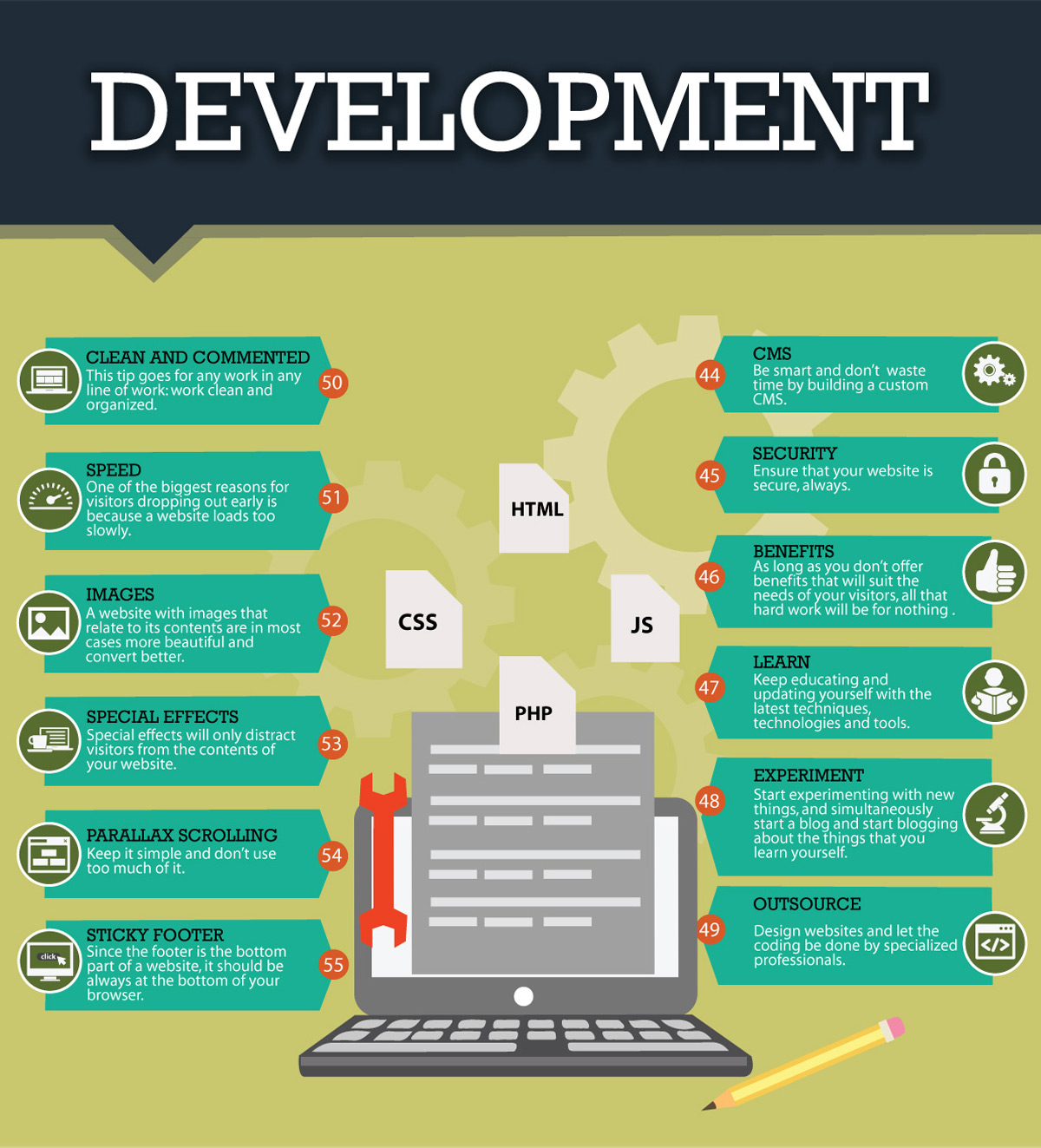Interested In Finding Out Just How Web Site Layout Has Changed Throughout The Years? Explore The Development From Standard, Simple Styles To User-Centered Methods That Prioritize The Needs And Choices Of On The Internet Site Visitors
Interested In Finding Out Just How Web Site Layout Has Changed Throughout The Years? Explore The Development From Standard, Simple Styles To User-Centered Methods That Prioritize The Needs And Choices Of On The Internet Site Visitors
Blog Article
Material Develop By-Abel Dodson
In the past, websites were simple and focused on information. Navigating was straight, and layout was for desktops. Currently, user experience is key. Data overviews styles for very easy navigation. Responsive formats match various gadgets. Today, dark mode reduces pressure, and minimalist menus enhance navigating. Interactive features engage customers, and bold visuals stand out. AI combination increases engagement. See exactly how layout has evolved to enhance your on-line trip.
Very Early Days of Web Design
In the very early days of web design, simpleness preponderated. Websites were standard, with limited colors, font styles, and layouts. The focus was on supplying details as opposed to flashy visuals. Customers accessed the web through slow dial-up connections, so speed and performance were essential.
Navigation food selections were straightforward, typically located on top or side of the web page. Web sites were made for home computer, as mobile browsing wasn't yet widespread. https://www.fool.com/the-ascent/small-business/social-media/articles/how-to-market-yourself/ was king, and designers focused on easy readability over intricate design aspects.
HTML was the main coding language utilized, and designers needed to work within its constraints. Computer animations and interactive functions were minimal contrasted to today's standards. Internet sites were static, with little vibrant content or tailored individual experiences.
Rise of User-Focused Design
With the development of internet site layout, a shift towards user-focused design principles has become progressively popular. Today, producing web sites that prioritize customer experience is important for engaging site visitors and accomplishing service objectives. User-focused layout involves recognizing the needs, choices, and habits of your target audience to customize the web site's format, material, and features appropriately.
Developers currently perform detailed study, such as user surveys and functionality testing, to gather understandings and comments directly from customers. This data-driven technique aids in creating intuitive navigating, clear calls-to-action, and aesthetically appealing user interfaces that reverberate with visitors. By putting https://infographicscontentmarket96273.loginblogin.com/32891163/boost-your-capability-to-create-efficient-phone-call-to-activity-for-website-design-using-expert-guidance-that-can-enhance-the-performance-of-your-web-site at the center of the design process, websites can deliver a more individualized and delightful experience.
have a peek at this website has additionally become a crucial facet of user-focused layout, ensuring that internet sites are enhanced for different tools and screen sizes. This versatility enhances access and functionality, catering to the diverse methods users engage with websites today. Fundamentally, the increase of user-focused layout indicates a change in the direction of creating electronic experiences that prioritize the requirements and assumptions of completion customer.
Modern Trends in Website Design
Explore the current fads shaping web design today. One noticeable trend is dark mode layout, supplying a smooth and modern look while reducing eye pressure in low-light atmospheres. Another vital fad is minimal navigation, streamlining food selections and boosting customer experience by concentrating on essential elements. Integrating https://arthurwhpyh.jaiblogs.com/53486621/stay-on-par-with-the-current-developments-and-advancements-in-website-design-to-remain-ahead-of-the-competitors -interactions, such as animated switches or scrolling results, can develop a much more engaging and interactive website. Receptive style continues to be critical, guaranteeing smooth individual experiences throughout various devices. In addition, using vibrant typography and asymmetrical layouts can add aesthetic interest and draw attention to specific material.
Incorporating AI modern technology, like chatbots for consumer assistance or individualized recommendations, improves user involvement and streamlines processes. Accessibility has likewise come to be a substantial fad, with developers prioritizing inclusive design practices to accommodate diverse customer demands. Embracing sustainability by enhancing website performance for rate and performance is an additional emerging pattern in website design. Teaming up with individual comments and data analytics to repeat and boost design constantly is essential for remaining pertinent in the ever-evolving digital landscape. By embracing these modern-day patterns, you can produce an aesthetically attractive, straightforward web site that reverberates with your audience.
Final thought
As you reflect on the evolution of web site layout from the very early days to currently, you can see just how user-focused design has actually ended up being the driving force behind contemporary fads.
Welcome the journey of change and adaptation in web design, always maintaining the user experience at the center.
Remain present with the latest trends and technologies, and never ever quit evolving your method to develop aesthetically sensational and easy to use websites.
Progress, adapt, and develop - the future of web design is in your hands.
